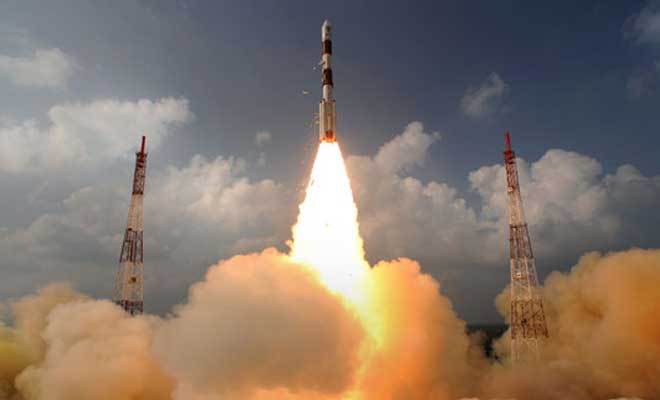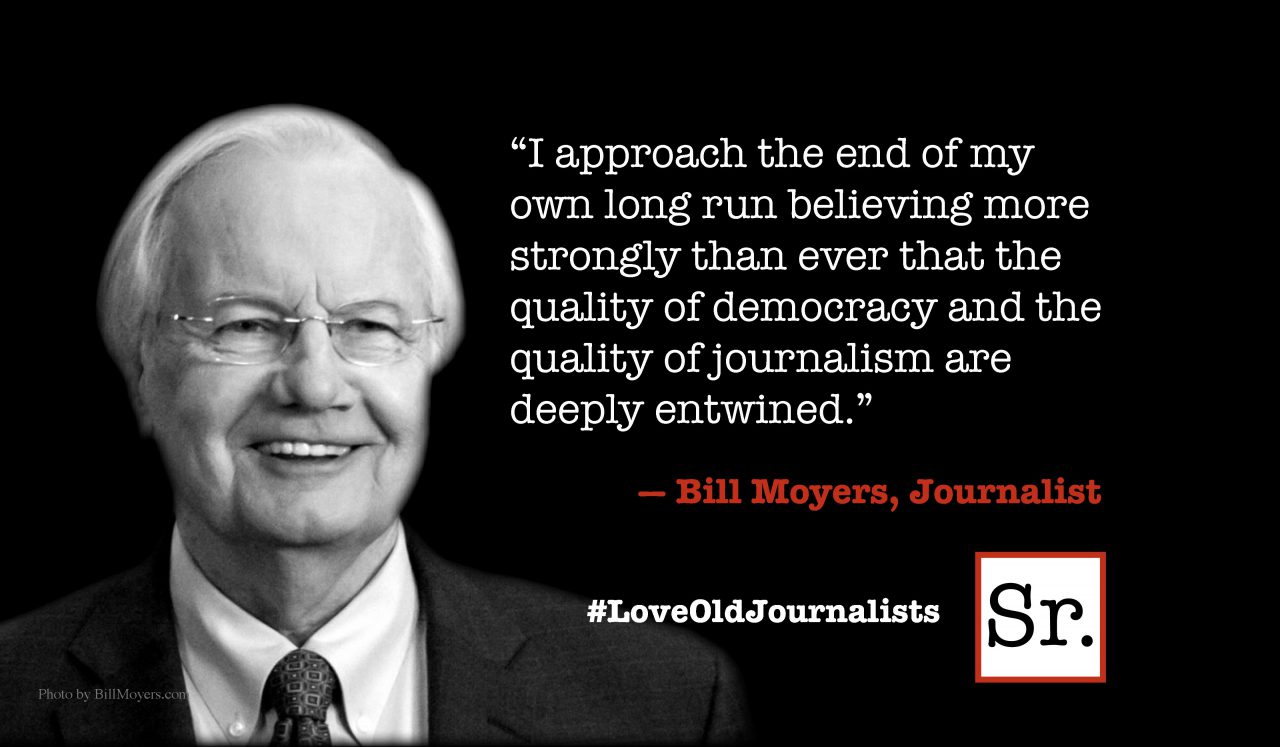It’s hard to know which aspect of India’s successful Mars mission surprised the world more.
When the Mangalyaan spacecraft (also known as MOM, for Mars Orbiter Mission) slid into orbit around the Red Planet, it was a wakeup call from a space program that had been an afterthought for many in the western world. Suddenly the Indian Space Research Organization (ISRO) was making headlines, and many were startled to learn that this was an agency employing over 14,000 people. The level of effort was there and so were the results, success with the first Indian Mars mission. No one else — not the United States, Russia or China — had been able to pull off a success on their first attempt at Mars, with the Chinese Yinghuo-1 failing as recently as 2011.
The imagery was eloquent. For in addition to a viable Mars orbiter, India also delivered photographs of a control room in Bangalore showing female scientists in colorful saris celebrating the successful arrival. The photo made an effortless social statement that stereotypes about gender and modernity were far out of place in today’s India. The fact was driven home by a New York Times cartoon that offended at least some in the audience by showing an Indian dressed in turban and dhoti, leading a cow as he knocks on the door of the ‘Space Club.’ Swift reaction forced editorial page editor Andrew Rosenthal to issue an apology, saying the cartoonist “was in no way trying to impugn India, its government or its citizens.”
The suspicion here is that a euphoric ISRO could care less about the Times’ bumbling humor, for it had triumphantly shattered any preconceptions. After launch on November 5, 2013 from the island of Sriharikota in the Bay of Bengal, Mangalyaan (the name means ‘Mars Craft’ in Hindi) entered orbit on September 24 and in short order produced a spectacular result: A global portrait of Mars in all its stormy glory (that’s a dust storm at the upper left of the disk). Five orbiters are currently in operation around Mars but only the European Space Agency’s Mars Express is capable of snapping Mars in a single frame, and its camera is far less capable than Mangalyaan’s. Expect a visual feast as the tough little spacecraft continues its mission.
As the spacecraft swings closer to Mars in its elliptical orbit and then out again, we’ll get alternating close, then global views, of which we can expect quite a few. Like the other Mars orbiters, Mangalyaan survived the close encounter of Comet Siding Spring, which sped past Mars in late October, coming closer than half the distance between the Moon and the Earth. The stars seemed aligned to keep this spacecraft healthy, and as the data from Mars continue to arrive, Earth-bound space-watchers are asking how India could pull off such an impressive feat.

Mangalyaan was the cheapest mission to Mars ever launched, coming in at a cost of $74 million, the kind of money that Hollywood directors use to produce middling films (at the high end, films like Avatar and Spiderman-3 weigh in at well over $200 million). By contrast, NASA’s MAVEN mission, which also reached Mars in late September, cost the taxpayer $670 million. For a long time, just getting a mission to succeed at Mars was the problem, for out of 51 attempts since 1960, only 21 survived. Now the question is how the cost of interplanetary missions can be reduced, and what Mangalyaan may have to teach us about the issue.
Make no mistake, the Indian Mars mission is sharply scaled back from what the major space agencies have attempted to do with their own orbiters and surface rovers. India deliberately chose a low-cost model designed to reach orbit and return data, without demanding a payload that was anything beyond what ISRO calls a ‘technology demonstrator,’ meaning a case in point that this emerging space power was now capable of advanced orbital mechanics and data return. That said, Mangalyaan does carry enough instruments to study Mars’ atmosphere in search of trace methane that could conceivably mark the presence of subsurface life.
The Mars orbiter’s small payload thus meshes with ongoing studies from both MAVEN and other orbiters as we try to understand Mars’ surface environment. But ISRO is also making an emphatic case that for a nation in which 400 million have no electricity, going into space is a viable way to promote economic growth by developing the kind of scientific know-how that results in changes right here on Earth. As we’ve learned with cell phones, GPS and numerous other technologies, what goes up into space often creates wealth for those on the ground.
An awakened world learns in the wake of Mangalyaan that India has, according to ISRO, already launched some 74 satellites, and in mid-October launched the third in a series of navigation satellites from the Sriharikota spaceport. The latter launch is part of India’s plan to create a navigation system comparable to what the United States enjoys in the form of GPS. With Indian Prime Minister Narendra Modi having just met with President Obama in Washington, events on the Subcontinent have taken both an international as well as an interplanetary turn. India’s next moves in the vast stage that is space are guaranteed a global audience.









